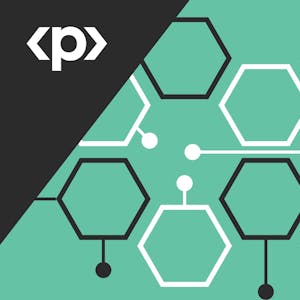Object-Oriented Programming and Java Fundamentals
About this Course
This course provides a comprehensive introduction to Object-Oriented Programming (OOP) using Java, covering foundational and advanced topics. Starting with OOP principles, students will learn about classes, objects, and terminology through practical exercises like creating a Motor Bike Java class and working with book instances. The course delves into: - Encapsulation, abstraction, and constructors, reinforced by exercises and puzzles. - Primitive data types and their alternatives, with in-depth explanations and exercises on Java integer, floating point, Boolean, and character data types. Puzzles and real-world problems enhance understanding. - Conditionals, loops, and reference types build a strong programming foundation through practical application. The course explores arrays and ArrayLists, teaching students to create, access, and manipulate them with numerous exercises. Finally, a deeper dive into class design, inheritance, and polymorphism prepares students for complex programming challenges. Designed for aspiring Java developers, programming enthusiasts, and computer science students with basic programming knowledge, this course requires no prior Java experience.Created by: Packt

Related Online Courses
Interested in learning how to solve partial differential equations with numerical methods and how to turn them into python codes? This course provides you with a basic introduction how to apply... more
In this course, you\'ll be introduced to finding inverses and matrix algebra using Python. You will also practice using row reduction to solve linear equations as well as practice how to define... more
A Cloud Developer designs, builds, analyzes, and maintains cloud-native applications. This learning path guides you through a curated collection of on-demand courses, labs, and skill badges that... more
Do you think an e-commerce application can be created as one large application? Imagine there is an ongoing sale, or some new features are to be added. How, according to you are the changes made... more
Want to understand your data network structure and how it changes under different conditions? Curious to know how to identify closely interacting clusters within a graph? Have you heard of the... more








